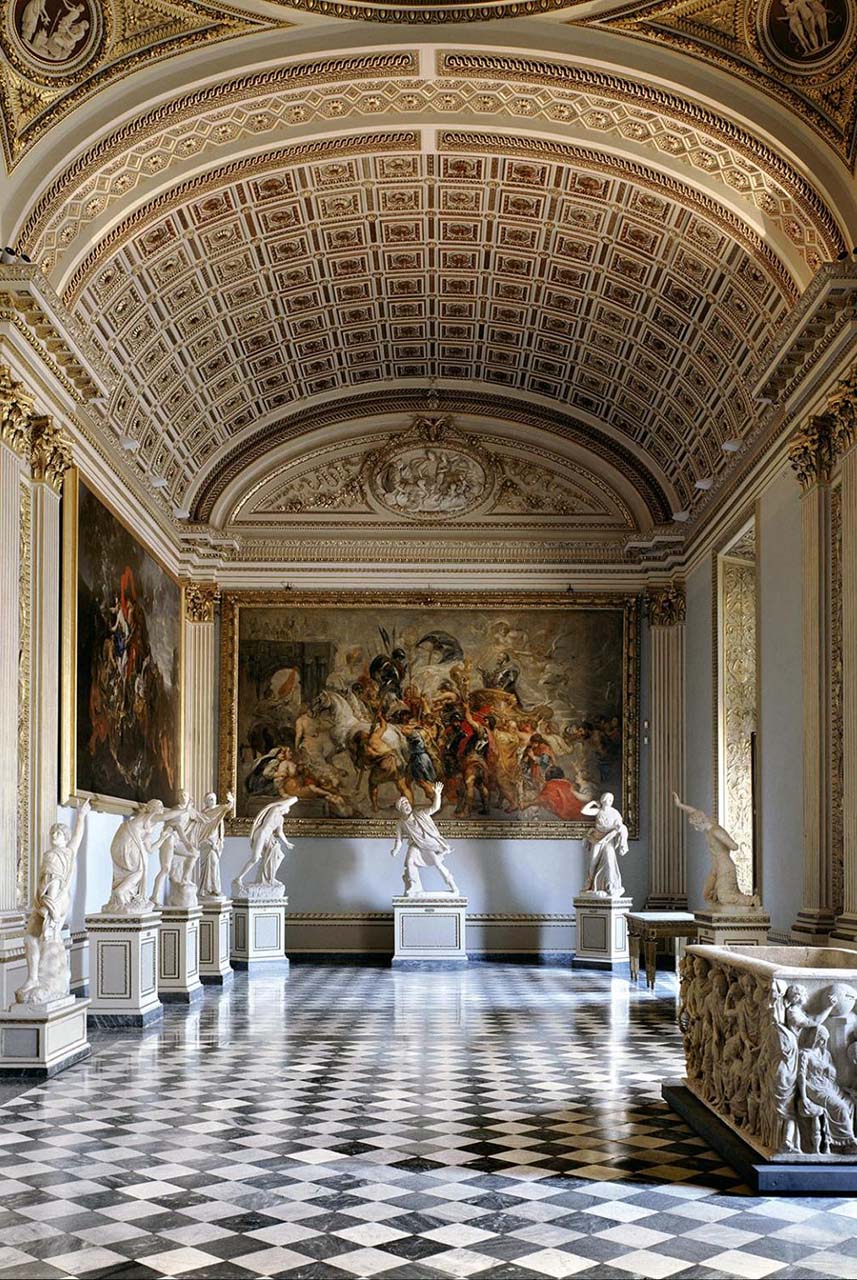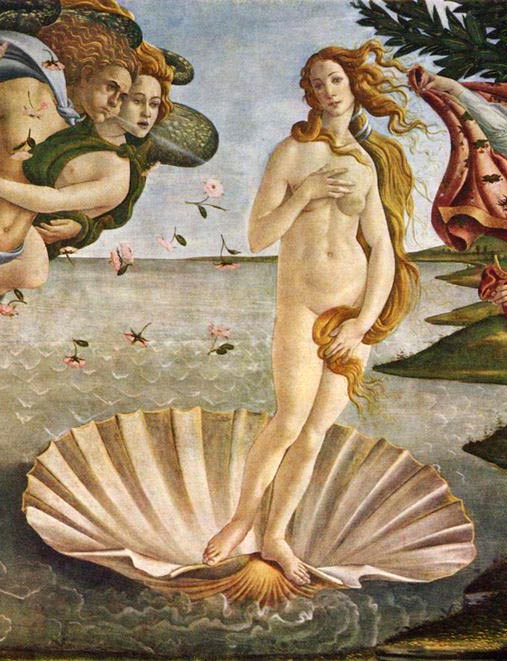Call us for more information
055 222431The Cappa


At the time it was built it was the largest residence in Florence and also the most sumptuous. Luca Pitti was a rival of the Medici family and wanted his house to be superior to theirs .
The Pitti family settled in the palace in 1469, but just 3 years later, Luca Pitti died. Subsequently, the fortunes of the Pitti family declined and in 1550 the palace was purchased by Eleonora di Toledo, wife of Cosimo de’ Medici; the Palace thus became the main residence of the Medici and in 1560 the architect Ammannati began its expansion by inserting an imposing three-storey courtyard.
In 1565 Giorgio Vasari built a corridor (the “Vasari Corridor” that crossed Ponte Vecchio to connect Palazzo Pitti with the Uffizi, on the other bank of the Arno.
Most of the current interior decorations, in sumptuous baroque style, were carried out in the seventeenth and eighteenth centuries, in particular by the great painter and architect Pietro da Cortona, also the author of some frescoes that decorate the ceilings. In 1737 the Medici power over Florence ended; Anna Maria Luisa de’ Medici, however, obtained that the entire Medici art collection remained the property of the city of Florence. This marked the first transformation of the Uffizi and Palazzo Pitti into a museum. Palazzo Pitti was officially opened to the public as a museum in 1833.
The art exhibited at Palazzo Pitti is focused on the sixteenth and eighteenth centuries; most of the superb interior decorations also reflect the same type of taste, while the exterior mostly belongs to an earlier era. Palazzo Pitti consists of several museums housed under the same roof.
The main art gallery, full of 500 paintings, is officially known as the Palatine Gallery and the most represented artists are Sandro Botticelli, Raffaello Sanzio, Rubens, Tintoretto, Titian, etc. The Gallery of Modern Art hosts Italian painters (mostly Tuscan) from the eighteenth to the twentieth century, while the Silver Museum has a wonderful collection of precious objects. There is also a costume museum which is worth a visit.